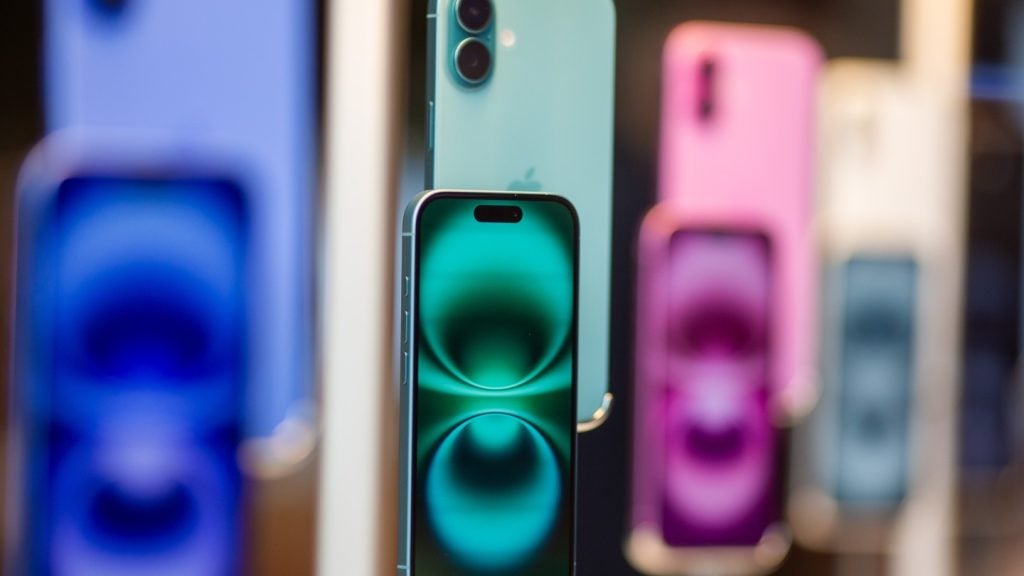The deployment of 5G is gathering momentum around the world and the low band 700MHz spectrum is predicted to play a major role. The number of 5G subscriptions reached 414 million globally in 2020 and GlobalData expects the number to more than double in 2021. China is leading in 5G adoption with the number of subscriptions representing 76% of the global figure in 2020. GlobalData expects this to be the case in 2021 as the world continues to learn about 5G through the lens of China.
Globally, many operators have been awarded mid-band spectrum typically in the 3.5GHz range to kick-start 5G deployment. With additional spectrum of between 80 MHz and 100MHz of net new spectrum, operators can deliver much faster data speeds with 5G as compared to 4G, to demonstrate the value of 5G to both consumer and business customers.
However, the propagation characteristics of 3.5GHz spectrum mean that the coverage range from the cell site is more limited than the low-band spectrum (i.e., sub-1GHz such as 700MHz). This means mobile operators need to increase the number of cell sites to achieve the same coverage area than they would using the lower frequency band. It is also more difficult to penetrate walls and ultimately affect the coverage indoor, which is a problem in urban areas, when using the higher band.
Low band option is a must
This being the case, mobile operators will need to complement the 5G rollout with a low-band option. As most 900MHz spectrum remains tied up for older 2G/3G services, 700MHz is a good option for mobile operators to provide a coverage layer albeit with smaller capacity compared to the mid-band layer. With the completion of migration of terrestrial broadcasting to digital, the 700MHz is becoming available in some markets for mobile services.
This gives mobile operators the opportunity to tap into the band for building a 5G coverage layer. In some countries, the 700MHz will also be crucial in extending 5G coverage to rural areas for bridging the digital divide. In the urban areas, this can help to overcome blackspots. Moreover, the 700MHz is a globally harmonized band, and it is already used for mobile 4G/LTE in many markets. This ensures equipment availability and economies of scale. It is worth noting that the European Commission has identified 700MHz alongside 3.5GHz and 26GHz as pioneer bands for 5G.
The initial phase of 5G rollout has been focusing on major cities to meet population coverage targets. Some operators are now also looking at improving coverage in rural areas and to boost indoor coverage; and they are turning to the 700MHz spectrum.
How well do you really know your competitors?
Access the most comprehensive Company Profiles on the market, powered by GlobalData. Save hours of research. Gain competitive edge.

Thank you!
Your download email will arrive shortly
Not ready to buy yet? Download a free sample
We are confident about the unique quality of our Company Profiles. However, we want you to make the most beneficial decision for your business, so we offer a free sample that you can download by submitting the below form
By GlobalDataIn China, the operators had already deployed 819,000 5G base stations in May 2021 and are looking to the next phase of coverage expansion. China Mobile, for example, announced on March 25, 2021 that it planned to acquire more than 400,000 700MHz base stations in partnership with China Broadcasting Network (CBN). The aim is to complete the installation in 2022, and to extend coverage to urban areas, counties, and key towns across the country.
China’s 5G competitive advantage
China will lead the world in 700 MHz spectrum which will contribute to its overall competitive advantage in 5G. Particularly with China Mobile and CBN making huge investment in 700MHz 5G equipment, this will drive economies of scale and maturity in the ecosystem benefiting more operators globally. This benefits Huawei which has won about 60% of China Mobile’s contract, and it will contribute greatly to its 5G revenue and market position.
Likewise, other operators such as KDDI in Japan, AIS in Thailand and TPG in Australia have also recently announced the use of 700MHz for 5G to extend the coverage and provide more reliable 5G connectivity. For operators that have already used the 700MHz for 4G/LTE, some of them are contemplating the use of dynamic spectrum sharing to enable the spectrum to be use for 5G as they migrate customers from 4G to 5G.
700MHz band will be crucial
Mobile operators should consider the use of different spectrum bands to create a three-tier coverage. The mid-band spectrum provides the capacity layer, which is necessary for most urban areas, covering most 5G users. The mmWave spectrum is ideal for high-traffic environment within a small area e.g., stadium and shopping malls.
The lower band, especially the 700MHz band will be crucial to fill the coverage gaps in urban areas and improve indoor coverage. It also reduces the number of base stations required for rural areas. However, this band remains encumbered in some countries as the transition from analogue to digital terrestrial broadcasting has not yet completed.
Where possible, regulators should look to expedite the migration, and provide an indication of when the spectrum can be reallocated for mobile services. This will enable mobile operators to plan their network investment more effectively and potentially conduct live trials with their vendors before full-scale implementation.









Related Company Profiles
KDDI Corp
China Mobile Ltd